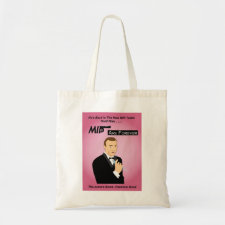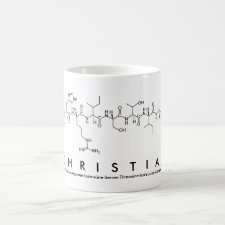
Authors: Dauwe C, Sellergren B
Article Title: Influence of template basicity and hydrophobicity on the molecular recognition properties of molecularly imprinted polymers.
Publication date: 1996
Journal: Journal of Chromatography A
Volume: 753
Issue: (2)
Page numbers: 191-200.
DOI: 10.1016/S0021-9673(96)00564-X
Abstract: Triazine herbicides were used as model templates for a basic study of the molecular recognition process in imprinted polymers. Five structurally related triazine herbicides (atrazine, ametryn, cyanazine, prometryn and terbutylazine) that differ in basicity and hydrophobicity were imprinted. Chromatographic evaluation of the resulting materials in an aqueous-poor mobile phase showed that the selectivity for the template increased with its Brönsted basicity whereas it did not correlate with template hydrophobicity. Thus, the highest and lowest affinity and selectivity for the template was observed using the ametryn-imprinted (pKa=4.1) and the cyanazine-imprinted polymers (pKa=1.0), respectively. In aqueous-rich mobile phases however affinity and selectivity correlated with template hydrophobicity. On a polymer imprinted with atrazine (log Pow=2.6), the selectivity for atrazine over the more hydrophobic prometryn (log Pow=3.4) decreased whereas the retention increased when going from a mobile phase containing 2.5% (v/v) water (k'ATR=1.7, k'PRO=0.6) to one containing 70% (v/v) water (k'ATR=15, k'PRO=38). A different trend was observed using a polymer imprinted with prometryn. In this case both the selectivity and affinity dramatically increased when changing the mobile phase in the same order (k'PRO=1.8, k'ATR=1.2 at 2.5% water, k'PRO=150, k'ATR=21 at 70% water). Depending on the hydrophobicity of the template, the selectivity in molecular imprinting may thus be enhanced by increasing the aqueous content of the medium used in the rebinding step.
Template and target information: ametryn, cyanazine, atrazine, prometryn, terbutylazine



Join the Society for Molecular Imprinting

New items RSS feed
Sign-up for e-mail updates:
Choose between receiving an occasional newsletter or more frequent e-mail alerts.
Click here to go to the sign-up page.
Is your name elemental or peptidic? Enter your name and find out by clicking either of the buttons below!
Other products you may like:
 MIPdatabase
MIPdatabase









